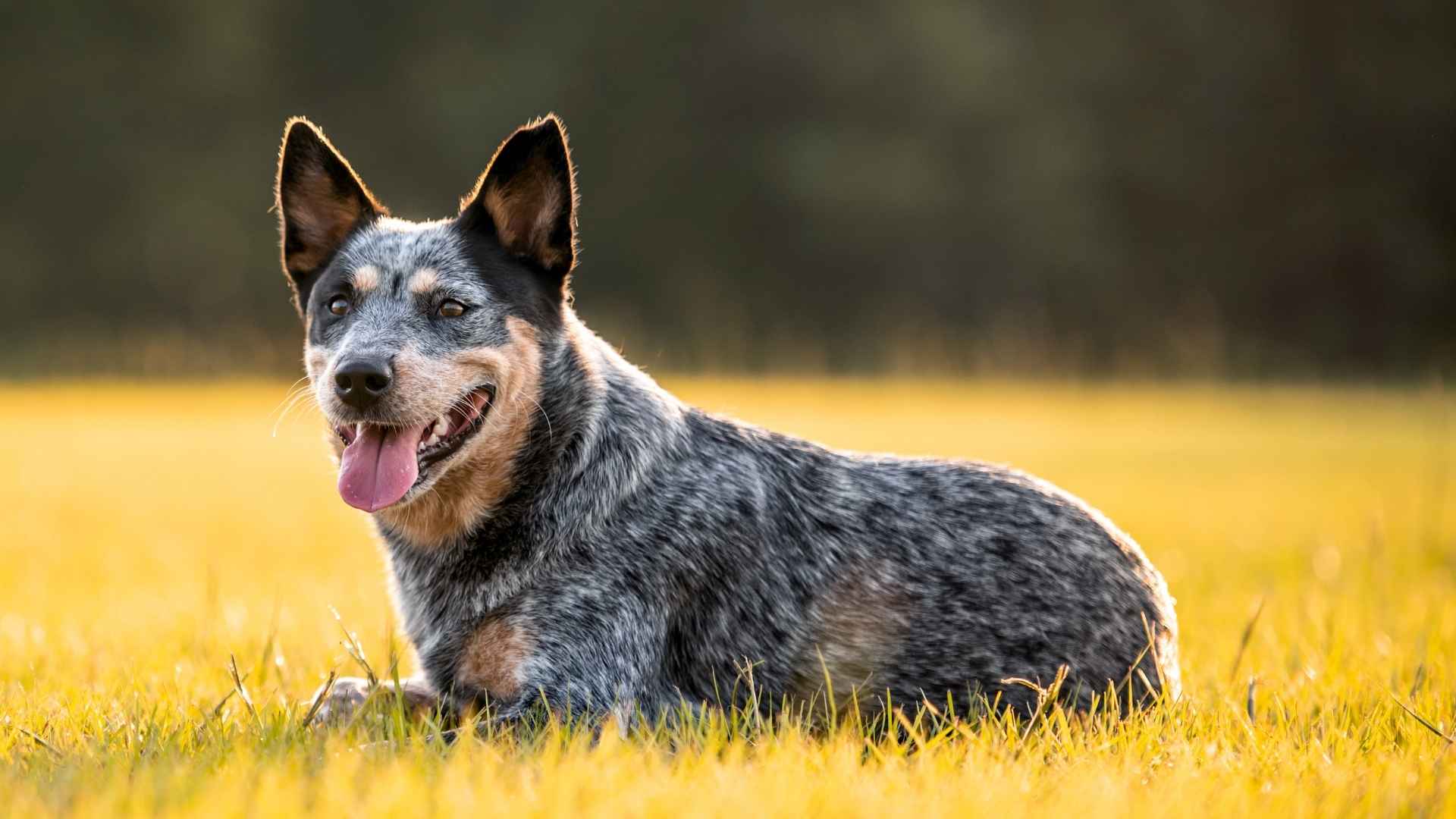When it comes to choosing a family dog, safety and temperament are top priorities—especially if you have young children at home. While guard dogs are known for their loyalty and protective instincts, not all breeds are the best fit for families with kids.
Some guard dog breeds can be too strong-willed, territorial, or high-energy, which might lead to unintended risks in a household setting. Understanding which breeds to avoid can help ensure a safe, happy environment for both your children and your canine companion.
In this article, we’ll explore nine popular guard dog breeds that, despite their impressive guarding abilities, may not be the ideal choice for families with kids.
Whether you’re a first-time dog owner or looking to add a new furry member to your family, knowing these breeds’ traits will help you make an informed decision—keeping playtime fun and worry-free!
Guard Dog Breeds For Kids You Should Avoid
1. Rottweiler
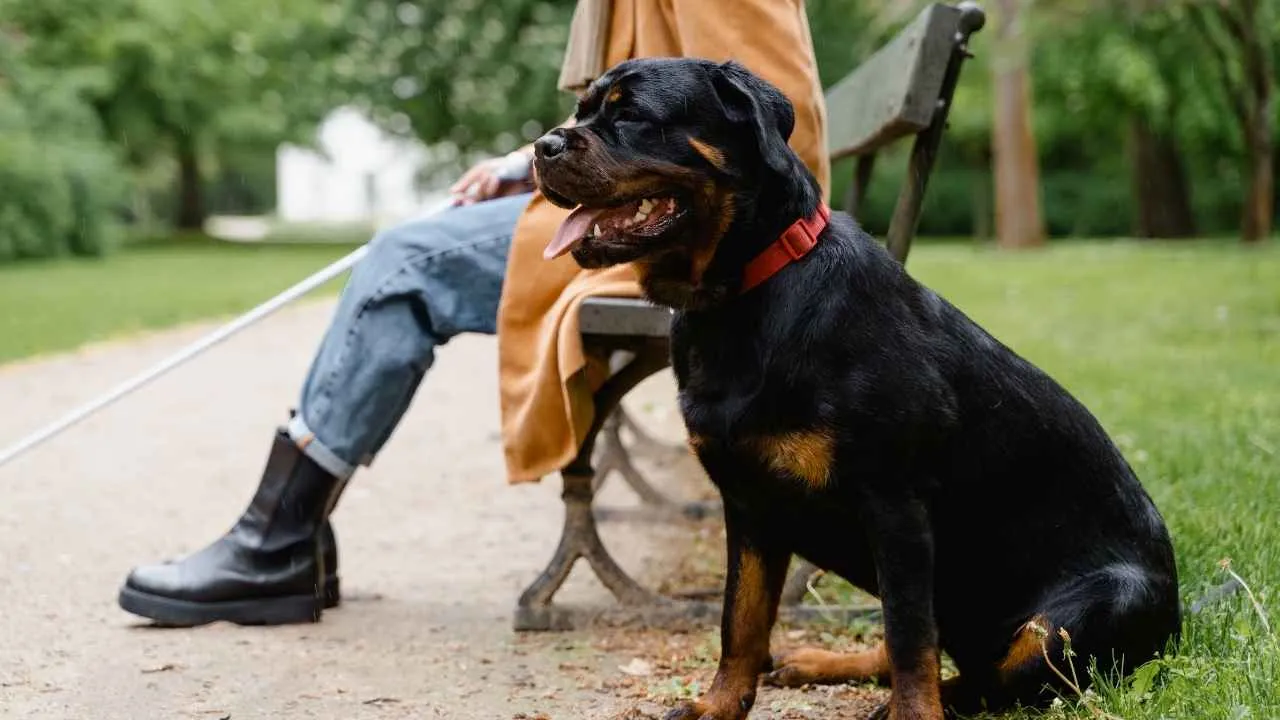
Breed Profile
Size: Large
Weight: 80 to 135 pounds
Temperament: Confident, protective, intelligent, sometimes stubborn
Rottweilers have a long history as working dogs used to herd cattle and guard property. Their muscular build and natural alertness make them excellent protectors, but these qualities demand consistent training from an early age.
Strong loyalty toward family members can sometimes lead to overprotectiveness, especially if the dog senses a threat. Their sheer strength means even playful behavior can be intimidating or accidentally harmful to small children.
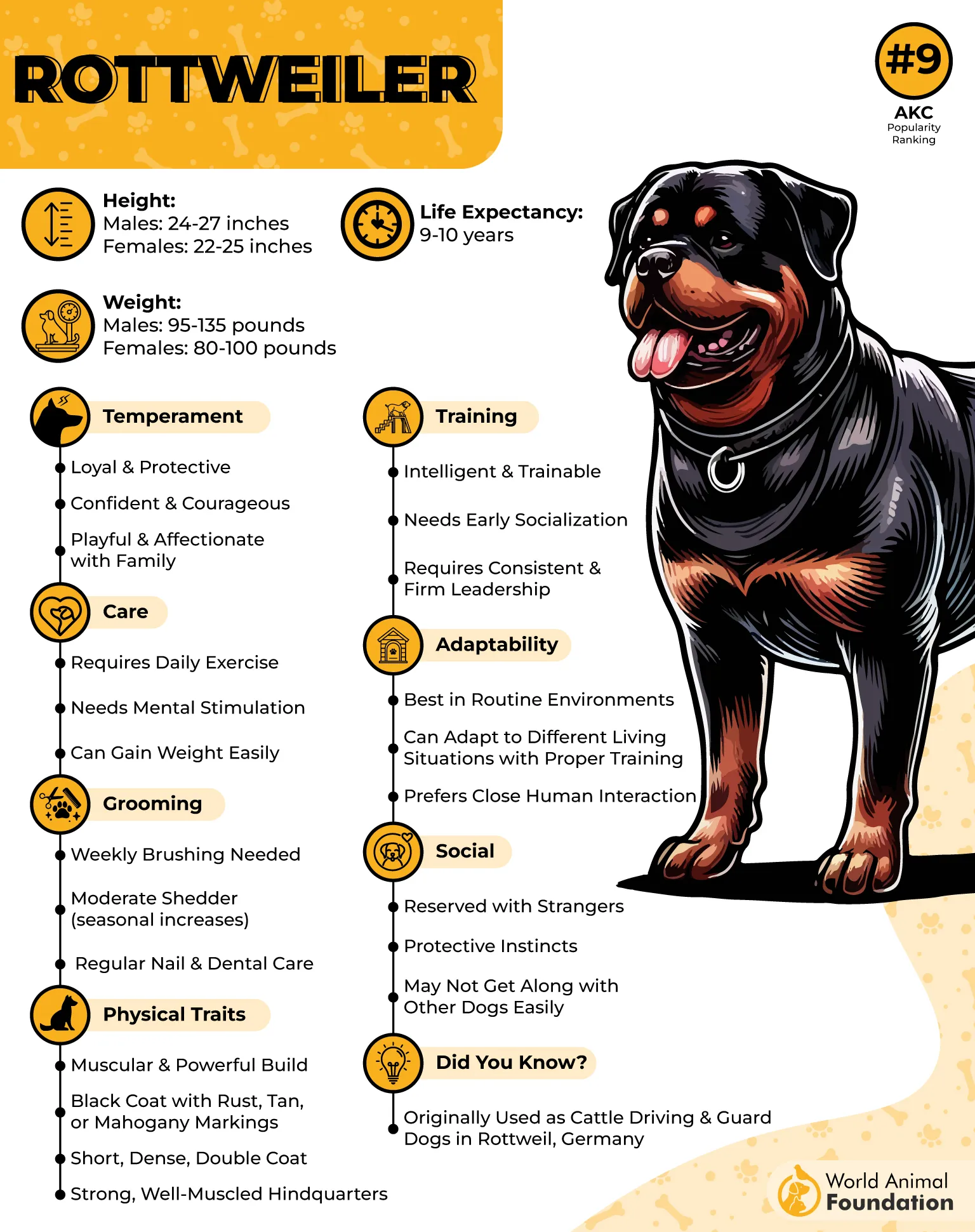
According to the AKC, early socialization is crucial to help Rottweilers distinguish between normal situations and genuine threats. Without this, their guarding instincts may escalate unnecessarily, causing stress for everyone involved.
Despite their tough exterior, many Rottweilers enjoy calm, affectionate moments with their owners, making them good companions in the right home. They require mental stimulation and physical activity to keep from becoming bored or destructive.
Choosing a Rottweiler means committing to leadership and training, which are essential to managing their powerful personality and keeping a family safe.
Quick Tips
Introduce consistent, positive obedience training early to build trust and control.
Supervise all interactions with children to prevent accidental injuries.
2. Akita

Breed Profile
Size: Large
Weight: 70 to 130 pounds
Temperament: Dignified, aloof, loyal, territorial
Akitas carry a regal air and possess strong instincts that can make them challenging for inexperienced owners. Their guarding heritage means they are naturally cautious of strangers, which can sometimes be mistaken for aggression.
While deeply devoted to their family, Akitas tend to prefer calm environments rather than high-energy households. They often bond intensely with one or two people, creating a strong but selective loyalty.
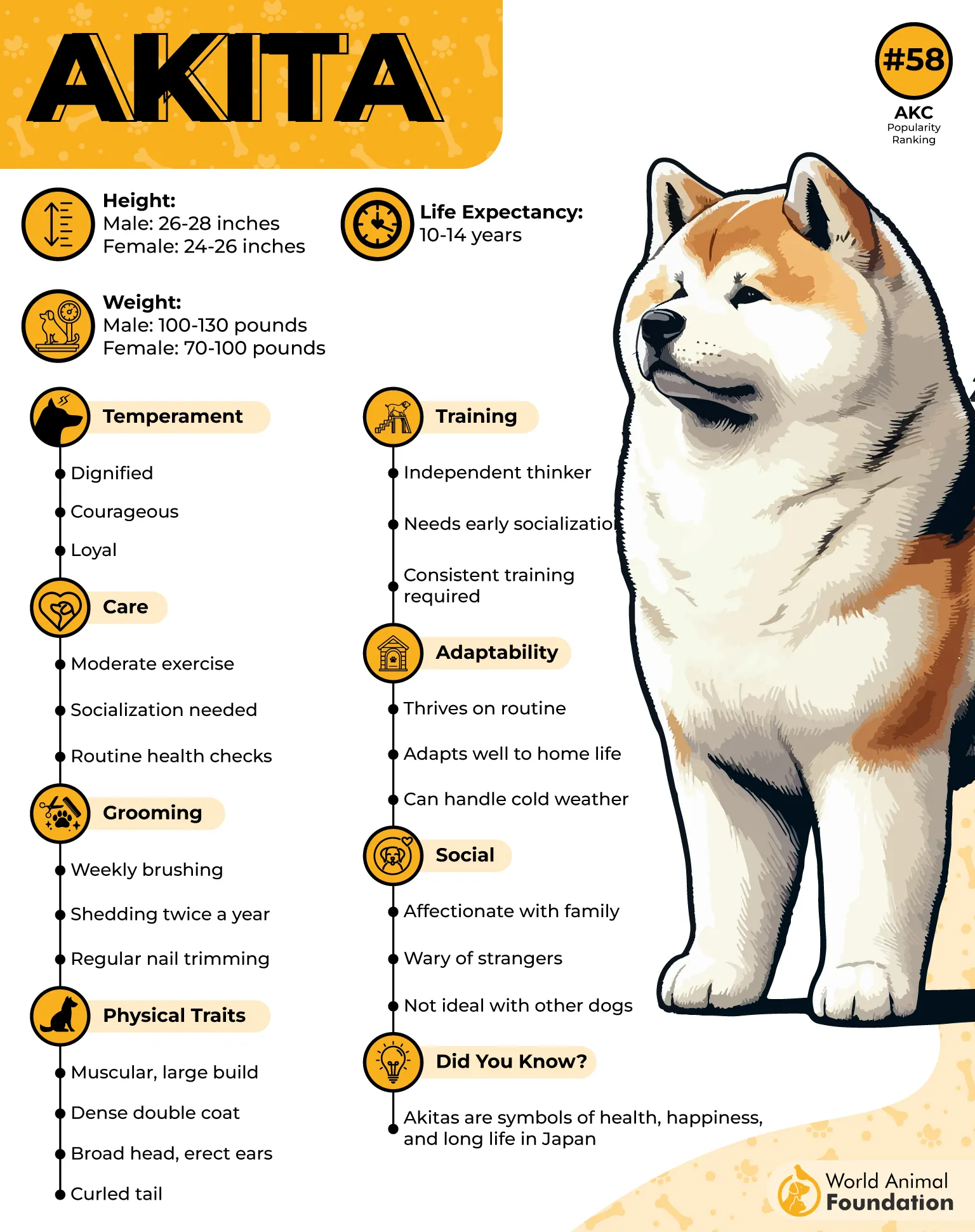
This breed’s independent nature means they may test boundaries and show stubbornness if training lacks consistency. Socialization from a young age helps soften their territorial tendencies, especially around children.
Akitas are generally quiet dogs indoors, but require regular exercise to prevent restlessness. Their thick double coat also calls for routine grooming to keep them comfortable and healthy.
The right Akita owner will appreciate their dignified demeanor and respect their need for clear leadership and routine.
Quick Tips
Use firm but gentle training techniques to establish respect without harshness.
Always monitor playtime with kids to avoid territorial conflicts.
3. Australian Cattle Dog
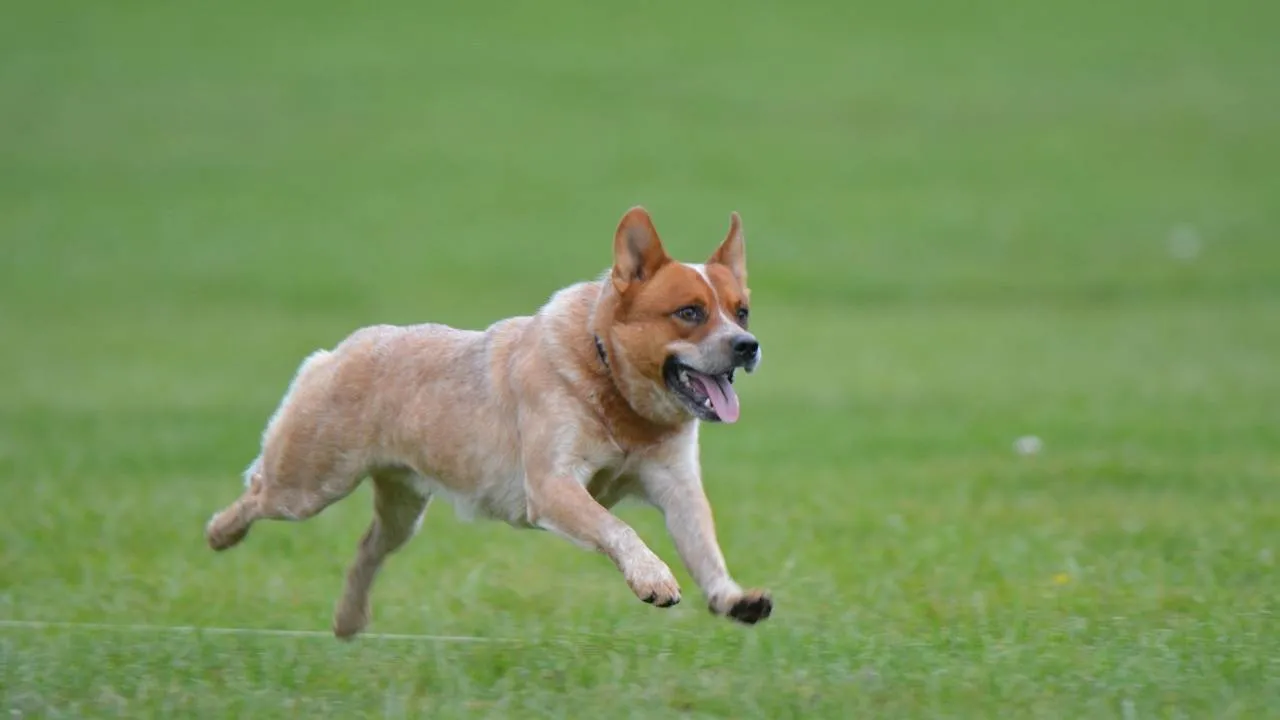
Breed Profile
Size: Medium
Weight: 35 to 50 pounds
Temperament: Energetic, intelligent, alert, independent
Australian Cattle Dogs are renowned for their stamina and quick thinking, bred to herd cattle over long distances. Their sharp instincts often lead to nipping, which was useful for herding but can be problematic in family settings with small children.
They flourish in environments where their energy can be channeled into tasks or exercise. Without sufficient stimulation, boredom can quickly turn into destructive behavior or excessive barking.
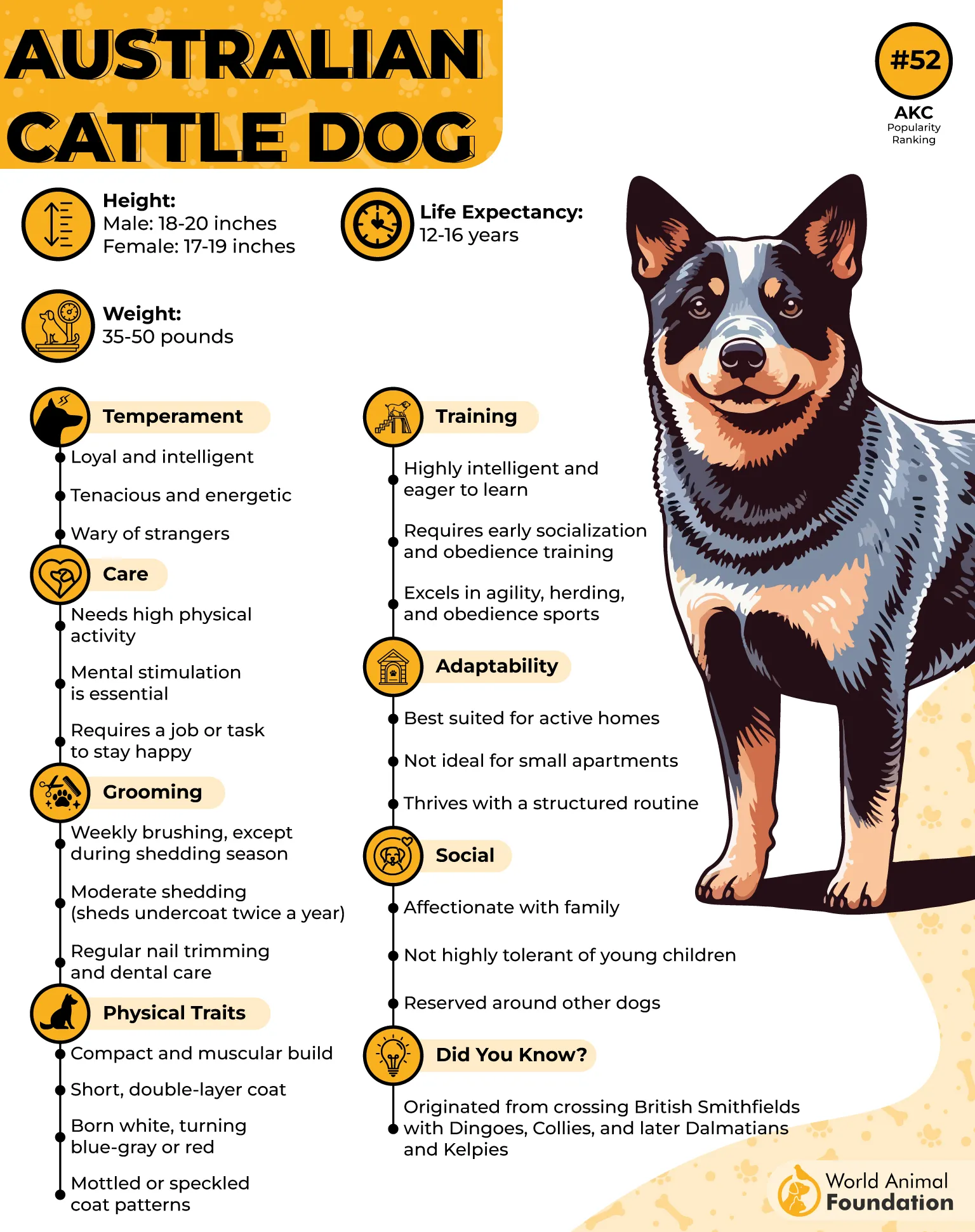
Their independence means they don’t always seek approval like more eager-to-please breeds, so training requires patience and consistency. PetMD states that they thrive on challenges, making puzzle toys and agility training perfect outlets.
Socializing Australian Cattle Dogs is essential for helping them relax around strangers and other pets. Early exposure to children can reduce herding-related behaviors like chasing or nipping.
Despite their intensity, they form deep attachments to their owners and reward those who invest time in their physical and mental needs.
Quick Tips
Schedule daily, vigorous exercise sessions to manage energy levels effectively.
Use socialization opportunities to reduce herding instincts around children.
4. Belgian Malinois
Breed Profile
Size: Medium to Large
Weight: 40 to 80 pounds
Temperament: Intelligent, energetic, protective, driven
Belgian Malinois are highly intelligent dogs bred for demanding work such as police and military roles. Their boundless energy requires daily exercise and mental stimulation to prevent boredom and behavioral problems. Without proper outlets for their energy, they can become restless and challenging to manage.
Their protective instincts make them vigilant guardians of their home and family. Early training and socialization are essential to help them respond appropriately to strangers and children, preventing over-guarding or aggression. Consistent leadership helps keep their strong drive in check.
This breed thrives when given a purpose and tasks that challenge their intelligence. Many owners participate in obedience, agility, or protection sports to fulfill their dog’s need for activity and focus. Belgian Malinois need an owner prepared to meet these high demands.
Their loyalty runs deep, and they form strong bonds with their family members. However, their intensity may overwhelm young children or inexperienced owners who cannot provide structured training and supervision.
Owning a Belgian Malinois requires commitment, time, and patience. Without proper care and attention, their natural drive and energy can lead to unwanted behaviors.
Quick Tips
Provide structured training and daily mental challenges to keep them engaged.
Always supervise interactions with children to prevent rough or protective reactions.
5. Chow Chow
Breed Profile
Size: Medium
Weight: 45 to 70 pounds
Temperament: Reserved, independent, loyal, aloof
Chow Chows are easily recognizable by their thick fur and distinctive lion-like mane. Their reserved and independent nature often makes socialization a challenge, especially when introducing them to children or strangers. This breed tends to keep a distance until trust is built over time.
They typically bond closely with one or two family members and may appear aloof or indifferent to others. Due to their calm demeanor, they prefer quiet households and may struggle in noisy, chaotic environments. Their strong territorial instincts also require owners to manage them carefully around visitors.
According to PDSA, training a Chow Chow requires patience, consistency, and respect for their independent streak. These dogs respond best to firm but gentle leadership and need clear boundaries to thrive. Early socialization is crucial to minimizing territorial aggression.
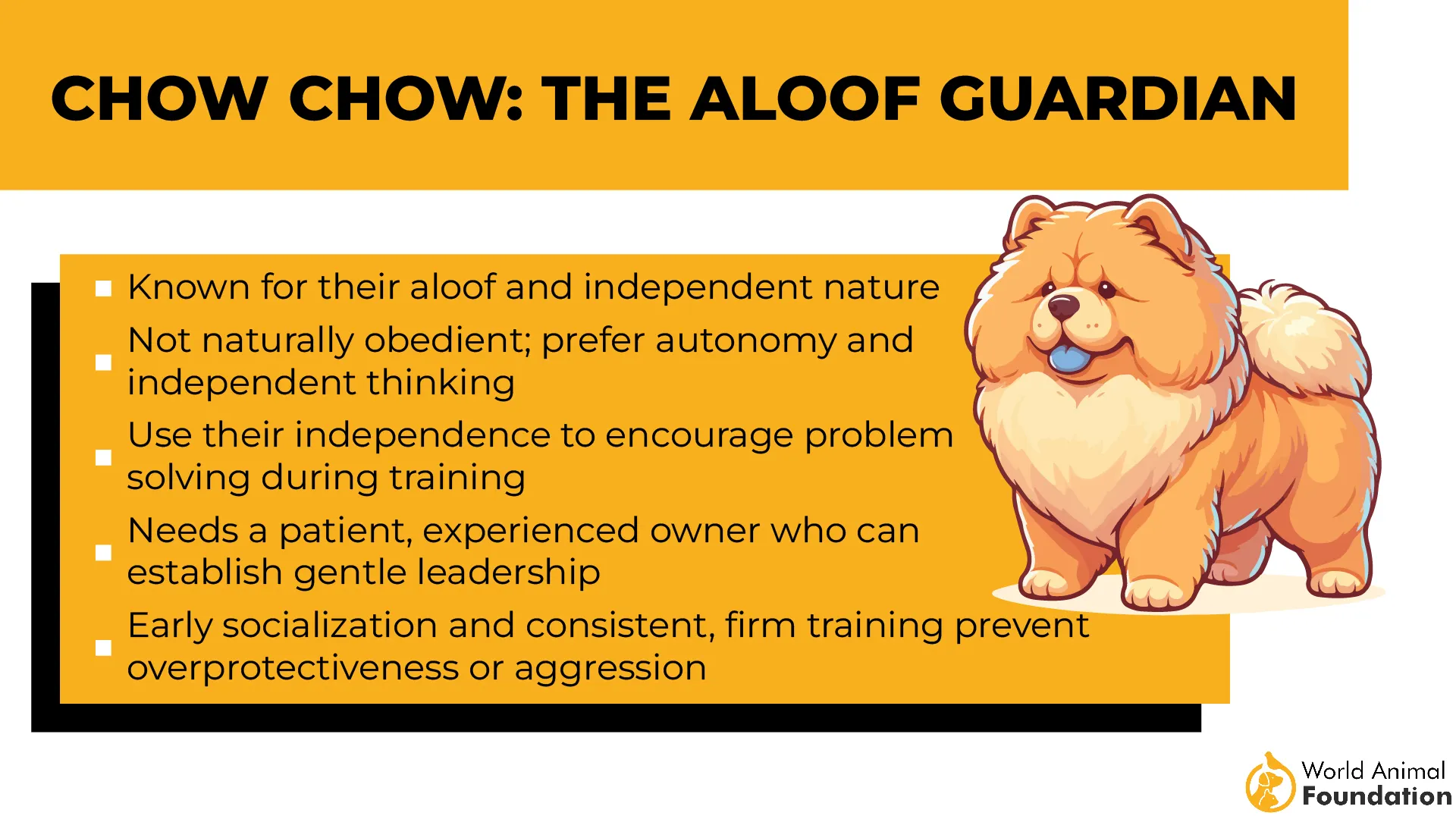
Grooming is a significant part of Chow Chow care, as their dense double coat demands regular brushing to prevent mats and skin problems. Their unique personality and appearance often attract attention, but they do best in experienced hands.
When treated with respect and given proper socialization, Chow Chows become loyal and protective family members. Understanding their dignified, sometimes distant nature helps owners set realistic expectations.
Quick Tips
Begin socialization early to help reduce suspicion and fear around new people.
Teach children to respect the dog’s space to prevent defensive behaviors.
6. Caucasian Shepherd
Breed Profile
Size: Very Large
Weight: 99 to 170 pounds
Temperament: Fearless, territorial, independent, powerful
The Caucasian Shepherd is an enormous guardian bred to protect livestock from predators in harsh mountain regions. Their size and strength are matched only by their protective instincts, which require a confident owner with experience in handling dominant breeds. They are not a breed for novice owners.
Caucasian Shepherds are naturally wary of strangers and can become aggressive if they perceive threats to their territory. Early socialization is critical to teaching them how to differentiate between genuine dangers and everyday visitors. Without it, their protective nature may escalate unnecessarily.
Despite their fierce guarding reputation, these dogs are calm and gentle with their families. Their loyalty runs deep, and they often develop strong bonds with owners who provide consistent leadership and a secure environment.
Due to their size and thick coat, Caucasian Shepherds need ample space and regular grooming, especially during seasonal shedding. Owners must provide firm guidance to prevent dominance and behavioral problems.
This breed demands serious commitment in training and supervision, particularly around children. Their guarding instincts and size can pose risks if they are not carefully managed.
Quick Tips
Experienced handlers only should own this breed due to its temperament and strength.
Supervise all child interactions closely to ensure safety and proper behavior.
7. Chihuahua
Breed Profile
Size: Small
Weight: 2 to 6 pounds
Temperament: Bold, alert, loyal, sometimes nervous
Despite their tiny size, Chihuahuas have large personalities and exhibit bold, confident behavior. They are very alert and tend to bark at unfamiliar sights and sounds, making them effective little watchdogs. Their loyalty to their owners is fierce, often forming strong attachments.
This breed can sometimes display defensive or aggressive behaviors toward strangers and young children, especially if they feel threatened or mishandled. Early socialization and gentle training help reduce these tendencies and foster better behavior around people.
Chihuahuas require careful handling due to their fragility. Rough play from young children can easily injure them, so supervision and teaching children proper interaction are essential. Despite their size, they are surprisingly sturdy but still delicate.
They thrive in calm households where they receive plenty of attention and affection. Their compact size makes them well-suited for apartment living, but mental stimulation is necessary to prevent boredom.
Chihuahuas respond best to consistent routines and positive reinforcement, which help keep their energetic minds engaged and their behavior manageable.
Quick Tips
Teach children gentle handling to avoid accidental injuries.
Socialize early to prevent nervousness and territorial barking.
8. Shar Pei
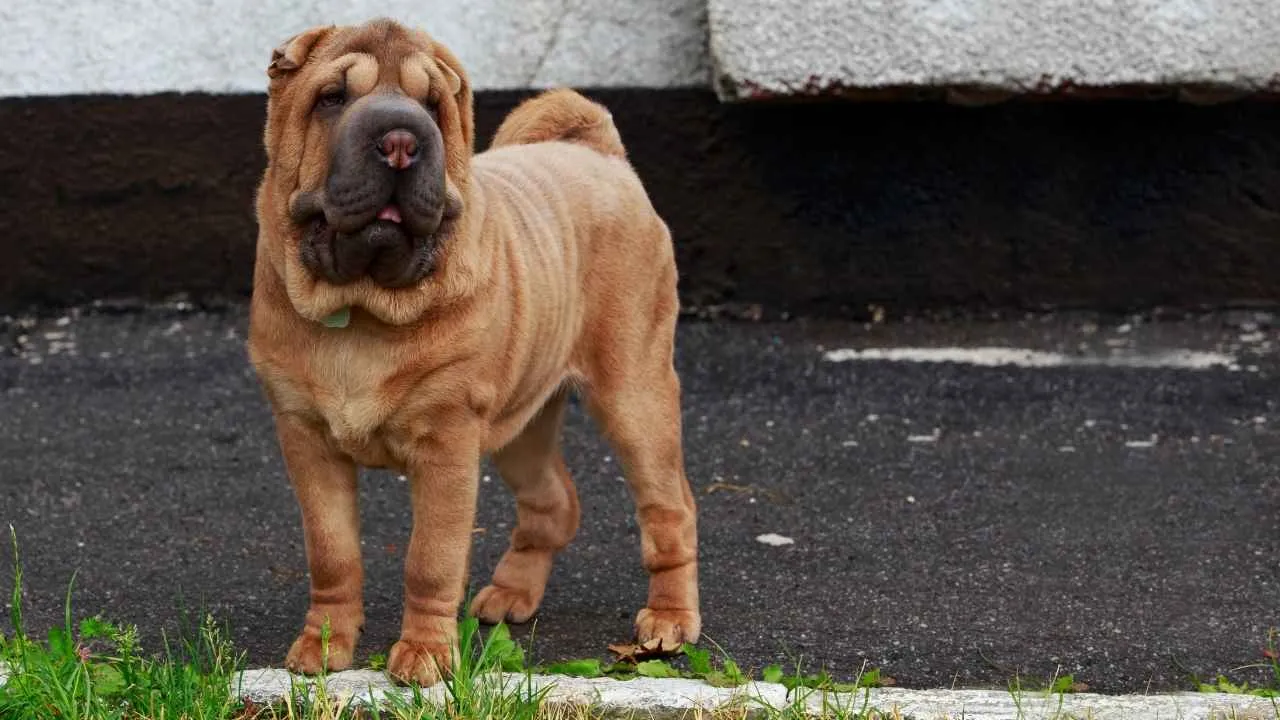
Breed Profile
Size: Medium
Weight: 40 to 65 pounds
Temperament: Calm, loyal, independent, sometimes aloof
Shar Peis are famous for their distinctive wrinkled skin and quiet, calm demeanor. Their natural aloofness can make them suspicious of strangers, which requires thorough socialization to prevent defensive or aggressive behavior.
They tend to bond strongly with their families but often show an independent streak. This breed prefers calm environments and can be overwhelmed by noisy, chaotic households or rough handling, especially by young children.
Training requires patience and a gentle but firm approach. Shar Peis can be stubborn, so consistency and clear leadership are key to successful obedience. They are intelligent but prefer to work on their own terms.
Skin care is an important part of their grooming routine since their wrinkles need to be cleaned regularly to prevent infections. Their moderate exercise needs make them suitable for families who enjoy outdoor activities but do not have extremely active lifestyles.
With proper training and care, Shar Peis make loyal, protective companions that fit well into calm family settings where their needs are respected.
Quick Tips
Provide consistent, calm training to build a trusting relationship.
Monitor children’s behavior to avoid stressing or overwhelming the dog.
9. Alaskan Malamute
Breed Profile
Size: Large
Weight: 75 to 100 pounds
Temperament: Friendly, energetic, strong-willed, social
Alaskan Malamutes are powerful working dogs bred for sled pulling and endurance in harsh Arctic climates. They have a friendly and social nature, but also a stubborn streak that requires firm and consistent training. Their strength and energy can be a handful for inexperienced owners.
Daily exercise is essential for this breed to channel their energy positively and prevent destructive behaviors. They thrive on companionship and enjoy being part of family activities, but their size means supervision around small children is necessary to avoid accidental injuries.
Malamutes shed heavily twice a year and require regular grooming to keep their thick double coat healthy. Their playful nature means they can get along well with other dogs if introduced properly and socialized early.
They are known to be pack-oriented dogs who bond closely with their families and need interaction and stimulation to stay happy. This breed is best suited for active owners who can meet their physical and mental needs.
With patience and leadership, Alaskan Malamutes make affectionate and loyal family members, especially in homes with ample space and an active lifestyle.
Quick Tips
Ensure daily vigorous exercise to meet their high energy needs.
Always supervise playtime with children to avoid rough or accidental injuries.
Conclusion
The guard dog breeds mentioned in this article are excellent protectors with strong natural instincts. However, certain breeds, especially large or highly territorial ones, can become dangerous dogs if improperly socialized or trained. Dog owners must understand that even the most loyal companions may act unpredictably without proper guidance from an experienced dog trainer.
While some of these breeds are gentle giants and make loving family dogs, their energetic nature and natural guarding instincts require careful management. Most dogs, including mixed breeds and other large breeds, need early socialization and consistent training to prevent biting or aggressive behavior toward humans, other animals, or even puppies.
Choosing the right breed name is important for families considering a puppy, as temperament varies widely. Understanding each dog’s natural instincts helps owners provide the care and structure these dogs need to thrive as loyal companions.
Ultimately, responsible dog ownership means recognizing that all dogs, regardless of breed, need patience, training, and socialization. When raised with love and respect, most dogs become safe, devoted protectors and gentle companions for life.


